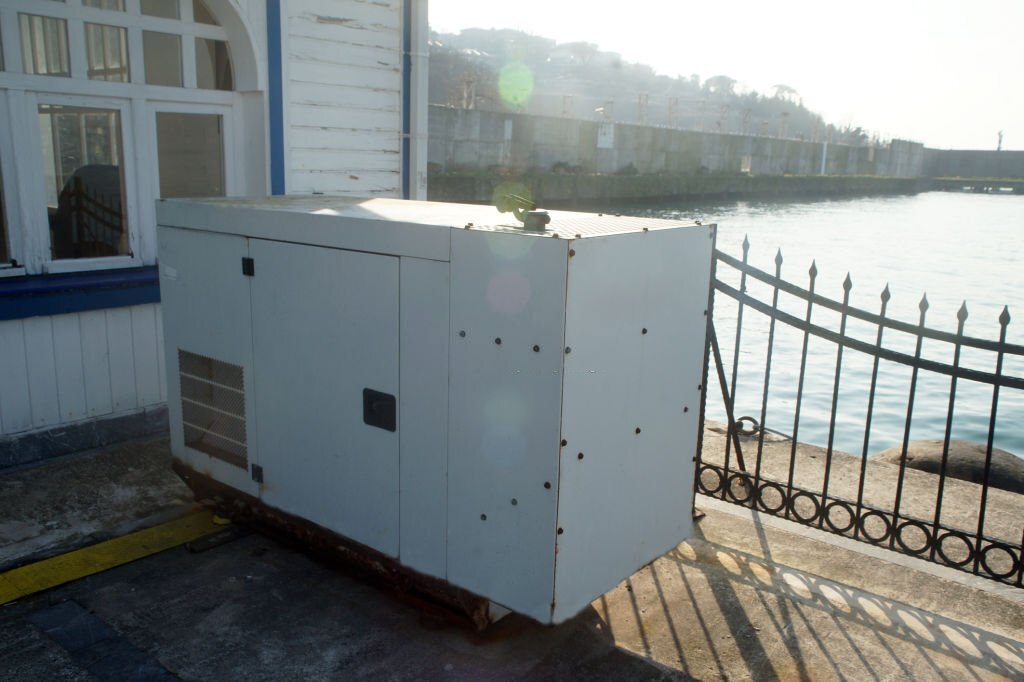
As industries continue to evolve, the quest for enhanced operational capabilities is a driving force. Power generators serve as vital energy sources for heavy equipment, enabling various sectors such as construction, mining, and emergency services to function efficiently. But can power generators for heavy equipment go beyond their standalone role and be connected to electrical grids to provide additional power supply? In this comprehensive article, we explore the intricacies of integrating power generators with electrical grids, examining the feasibility, benefits, challenges, and applications of this innovative approach. From optimizing energy availability to contributing to grid stability, we uncover how the integration of power generators with electrical grids could revolutionize heavy equipment operations.
Understanding Generator Integration with Electrical Grids
The integration of power generators with electrical grids involves connecting generators to the grid infrastructure to provide a supplementary power supply.
1. Grid-Tied Systems: Grid-tied systems enable generators to operate in parallel with the grid, supplying power when needed and receiving power when excess energy is available.
2. Synchronization: Generators must be synchronized with the grid’s frequency and voltage to ensure smooth operation and prevent disruptions.
3. Automatic Switching: Advanced systems allow generators to automatically switch between grid power and generator power based on demand and availability.
4. Load Balancing: Grid-tied generators can contribute to load balancing by providing additional power during peak demand periods.
Feasibility and Benefits
The feasibility of integrating power generators with electrical grids offers a range of benefits to heavy equipment operations.
1. Energy Optimization: Integrated generators provide supplemental power during periods of high demand, reducing strain on the grid and enhancing energy availability.
2. Grid Stability: The integration of generators contributes to grid stability by providing backup power during grid failures and load fluctuations.
3. Cost Savings: Grid-tied systems can reduce operational costs by utilizing grid power when available and switching to generator power during peak pricing periods.
Challenges and Mitigation Strategies
While the integration of generators with electrical grids presents numerous benefits, challenges must be addressed.
1. Synchronization and Frequency Control: Ensuring accurate synchronization and frequency control is essential to prevent disruptions to the grid.
2. Grid Compatibility: Generators must meet grid compatibility standards and regulations to ensure seamless integration.
3. Switching Speed: Rapid switching between grid power and generator power requires advanced control systems to prevent disturbances.
4. Technical Expertise: Personnel must be trained to operate and manage integrated systems effectively.
Applications Across Industries
The integration of power generators with electrical grids has far-reaching applications in various industries.
1. Construction and Mining: Integrated generators can provide additional power during high-demand construction and mining operations.
2. Emergency Services: Emergency response vehicles can leverage integrated generators to ensure power availability during critical situations.
3. Remote Locations: Grid-tied generators are ideal for providing power to heavy equipment in remote or off-grid locations.
4. Agriculture and Farming: Integrated generators support agricultural operations by providing supplemental power during peak usage.
Technological Advances and Future Trends
Advancements in technology are shaping the future of generator-grid integration.
1. Smart Grids: Smart grid technologies enable seamless integration and management of generator power within the grid network.
2. Demand Response: Integrated generators can participate in demand response programs, providing power during peak demand periods.
3. Energy Storage: Coupling generators with energy storage systems enhances grid stability and provides continuous power during fluctuations.
Conclusion
The integration of power generators with electrical grids presents a transformative opportunity for heavy equipment operations. By enhancing energy availability, contributing to grid stability, and optimizing costs, this approach holds the potential to revolutionize the way heavy equipment is powered and operated. As technology continues to advance and industries seek innovative solutions, the synergy between generators and electrical grids reflects a future where power supply is agile, sustainable, and interconnected. The integration of generators with grids is more than just a technical advancement; it’s a testament to the industry’s commitment to progress, efficiency, and environmental responsibility in the ever-changing landscape of heavy equipment operations.

